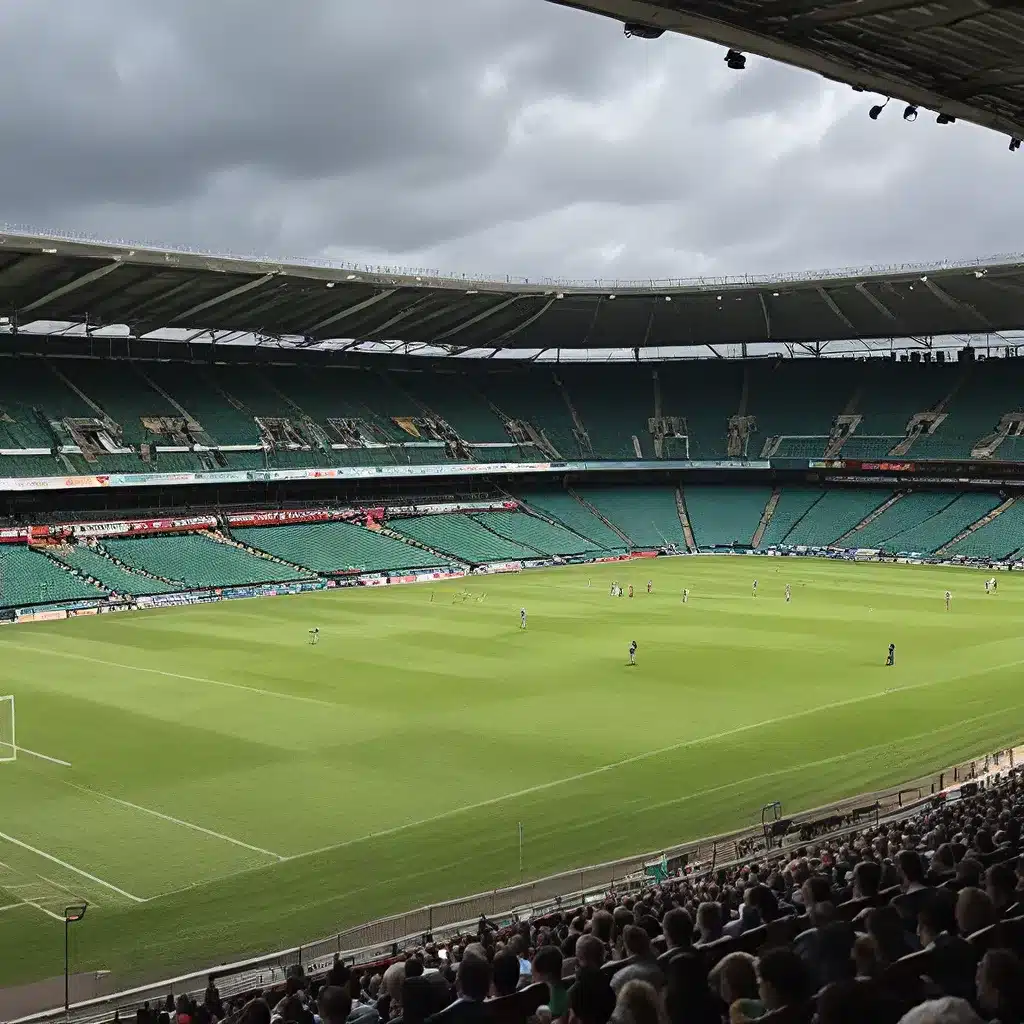
Nestled in the heart of Dublin, Ireland, Lansdowne Road has long been a beacon of the country’s rich sporting heritage. This hallowed ground has witnessed the rise and fall of countless sporting dreams, from the glory of international football triumphs to the heartbreak of narrow defeats. As the decades have passed, the stadium has evolved, adapting to the changing needs of the country and its passionate sports fans.
The Humble Beginnings of Lansdowne Road
The story of Lansdowne Road begins in the late 19th century, when the grounds were first established as a cricket pitch. In 1872, the Irish Rugby Football Union (IRFU) took over the site, transforming it into a rugby stadium. The initial capacity of the ground was a modest 12,000, catering to the growing popularity of rugby in Ireland.
The early years of Lansdowne Road were marked by a steady rise in the fortunes of the Irish national rugby team. The stadium played host to numerous international matches, as the Irish players honed their skills and carved out a reputation for their tenacity and determination on the pitch.
The Arrival of Football and the Expansion of Lansdowne Road
In the early 20th century, the grounds of Lansdowne Road saw the introduction of another sport: football. The Football Association of Ireland (FAI) began to use the stadium as a venue for their national team’s home matches, further cementing Lansdowne Road’s status as a hub of Irish sporting excellence.
To accommodate the growing demand for both rugby and football events, the stadium underwent a series of expansions and renovations throughout the 20th century. The capacity was gradually increased, reaching a peak of over 49,000 by the 1990s. These improvements not only enhanced the spectator experience but also solidified Lansdowne Road’s position as one of the premier sporting venues in Ireland.
The Redevelopment of Lansdowne Road
In the early 2000s, the Lansdowne Road stadium faced a critical juncture. The aging infrastructure and the need for modern amenities prompted a decision to undertake a complete redevelopment of the site. The project, which began in 2007, was a massive undertaking, involving the demolition of the existing stadium and the construction of a brand-new, state-of-the-art facility.
The redevelopment process was not without its challenges. Funding for the project proved to be a significant hurdle, with the global financial crisis of the late 2000s adding further complexities. Despite these obstacles, the Irish government, the IRFU, and the FAI remained committed to the project, recognizing the importance of Lansdowne Road to the national sporting landscape.
The Rebirth of Lansdowne Road as the Aviva Stadium
After years of planning and construction, the new Aviva Stadium was officially opened in 2010, marking a new era for the historic grounds. The modern, state-of-the-art facility boasted a seating capacity of 51,700, making it one of the largest stadiums in Ireland.
The Aviva Stadium was designed to be a true multi-purpose venue, capable of hosting a wide range of sporting and cultural events. The world-class facilities, including premium hospitality suites, cutting-edge technology, and improved accessibility, have transformed the stadium into a true hub of activity.
Visitors to the Aviva Stadium can now enjoy an enhanced matchday experience, with a range of dining options, retail outlets, and entertainment offerings. The stadium’s iconic architecture, with its sweeping curves and glass facades, has also become a defining landmark in the Dublin skyline.
The Enduring Legacy of Lansdowne Road
Lansdowne Road, now the Aviva Stadium, has remained at the heart of Irish sporting culture for over a century. The stadium has witnessed some of the most iconic moments in the country’s sporting history, from Robbie Keane’s last-minute heroics for the Irish national football team to the triumphant victories of the Irish rugby team on the international stage.
The passionate fans who have filed into the stadium over the years have played a vital role in shaping the legacy of Lansdowne Road. Their unwavering support, roaring chants, and shared moments of joy and despair have created an atmosphere that is truly unique to this hallowed ground.
As the Aviva Stadium continues to evolve and adapt to the changing needs of modern sports, the whispers of greatness that have echoed through its history will undoubtedly continue to inspire future generations of Irish athletes and fans alike. The stadium’s rich tapestry of stories, from its humble beginnings to its present-day grandeur, serves as a testament to the enduring power of sport to unite a nation and capture the hearts and minds of its people.

